Weimar is one of the most beautiful small towns in Germany and represents the country’s poets and thinkers like no other. A city break to Weimar therefore belongs on every bucket list for an East Germany tour. We took a look at the 10 best places for our blog in Weimar Germany and present them to you.
Theater Square
The Theater Square combines four sights in the immediate vicinity. On the one hand, there is the German National Theater, where the National Assembly gave the German Reich a democratic constitution in the republic that had been proclaimed shortly before. In August 1919, Reich President Friedrich Ebert took an oath on the constitution here.
In front of the theater stands the famous Goethe-Schiller monument, which depicts the two poets. However, somewhat inaccurate, because Goethe was actually much smaller than Schiller. Opposite is the new House of the Weimar Republic where, among other things, the history of the National Assembly is reported. In the adjacent Wittumspalais, Duchess Anna Amalia resided and received important guests.
Anna Amalia Library
With its famous rococo hall stretching over three floors, the Duchess Anna Amalia Library is one of the most beautiful libraries in the world. Works from the time of the Enlightenment to the late Romantic period are kept here and can be explored. The Anna Amalia Library can be visited on guided tours. Architecturally, however, the study center with the book cube is also a real highlight and definitely belongs at the top of the list of Weimar attractions top 10.
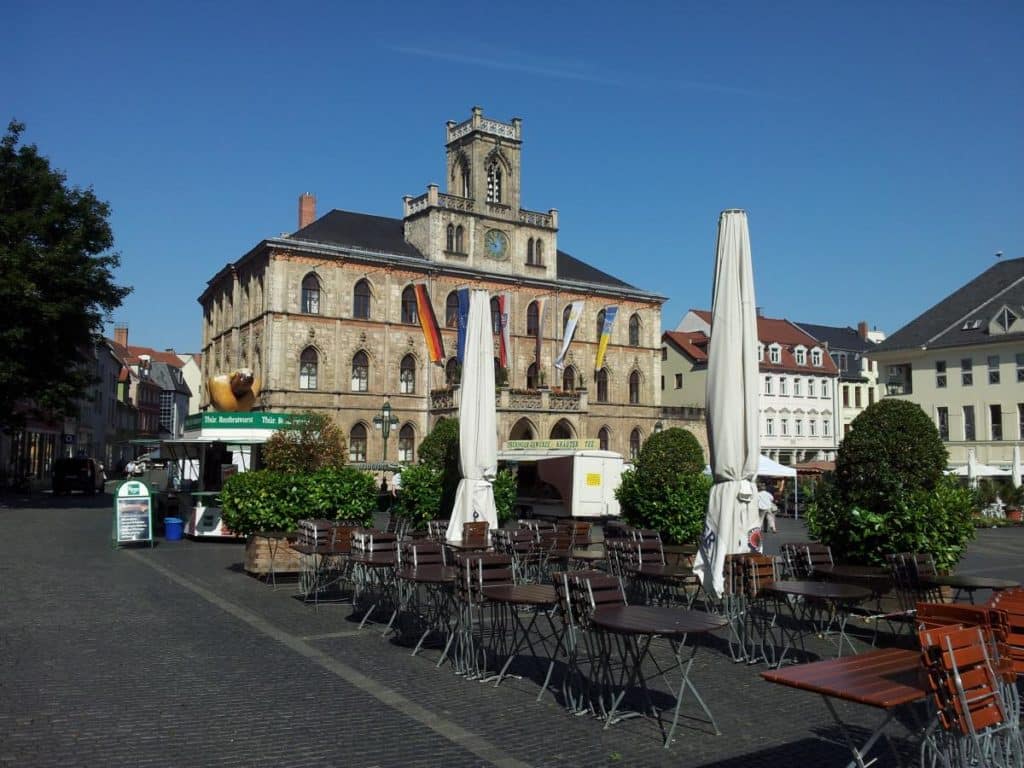
Market square with town hall
The market square is the central square of Weimar and combines some of the most beautiful buildings of the city. In addition to the neo-Gothic town hall from 1841, the house of the Cranach family, who lived here in the 16th century, is also located here, as well as the Hotel Elephant, which is one of the most famous hotels in the city. The more than 450-year-old Hof-Apotheke (Court Pharmacy) was destroyed in the war, but was rebuilt in 1993. The Neptune Fountain is one of the most photographed Weimar sights.
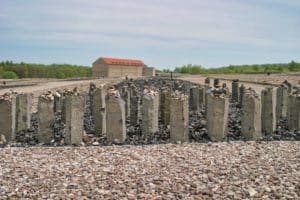
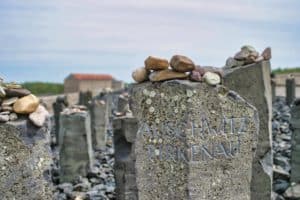
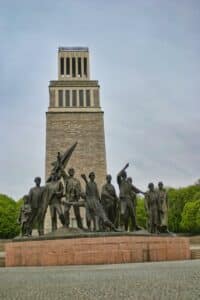
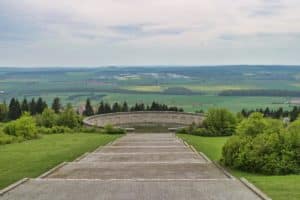

Buchenwald Memorial
It is precisely because of the Buchenwald concentration camp memorial that Weimar is even more emblematic of Germany’s history. For not even ten kilometers from the city of poets and thinkers, the National Socialists tormented, tortured and killed tens of thousands of people. Buchenwald thus stands for the darkest chapter of German history. The exhibition on the site tells about the suffering of the prisoners and the methods of the Nazis. The nearby memorial is an interesting place of remembrance, from where you have a direct view of the classic city.
Goethe House
In the souvenir stores of Weimar you can buy signs that say “Goethe was here”. Anyone can bring such a Goethe story into their home. But when it comes to his real place of residence, no house is more closely associated with him than the Goethe House on Frauenplan in Weimar. The poet spent a total of almost 50 years here. He lived in the comparatively simple house for many years with his wife Christiane. On display are his study and library and various other rooms. In the exhibition you can learn more about life in Goethe’s time.
Schiller House
Friedrich Schiller lived not far from his friend Goethe. His house was also quite modest. Schiller moved here from Jena and lived in the house with his family for only three years from 1802 to 1805. He wrote William Tell and The Bride of Messina here, but could not finish other works. He worked hard to earn the money for the house and paid it off in three years. After his death, his wife Charlotte lived here until her passing. The study room and the place where he died were largely restored to their original condition in the 19th century and can be visited.
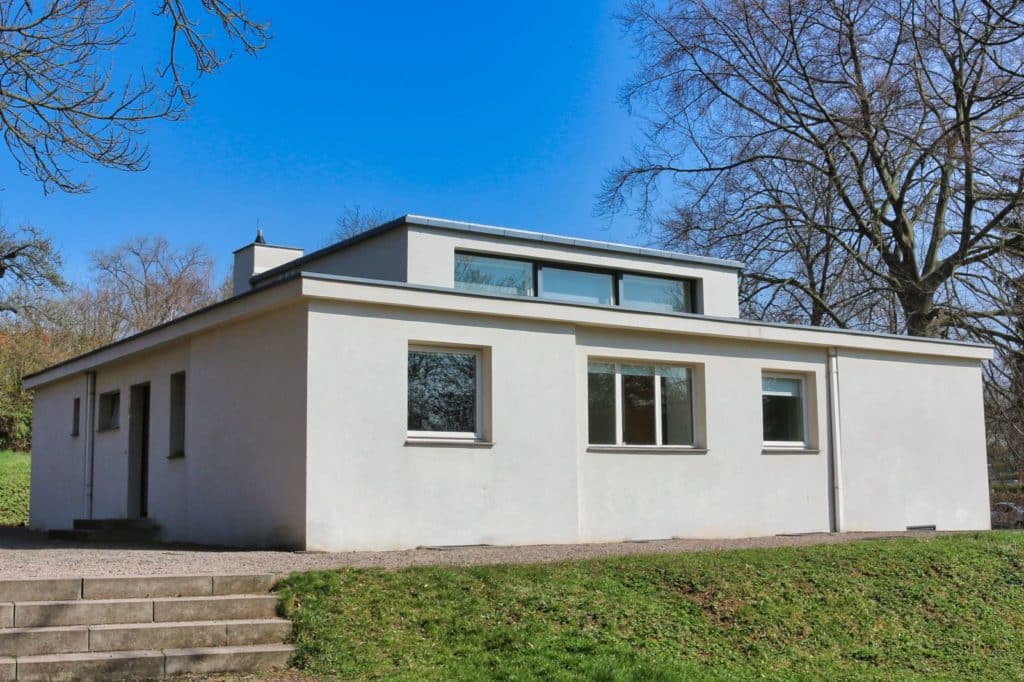
Bauhaus sites Weimar
In addition to the classics of German literature and music, Weimar is also the place where the Bauhaus originated. Walter Gropius founded the Bauhaus here in 1919, which only moved to Dessau in 1925. It was here that the first joint model house, the Haus am Horn, was realized, which can still be visited today and in which the principles of Bauhaus design become very clear. Henry van de Velde as a pioneer of the Bauhau is also being commerorated in the city in the main building of the Bauhaus University and in the house Hohe Pappeln. You can read more about this in our article on the Bauhaus in Weimar.
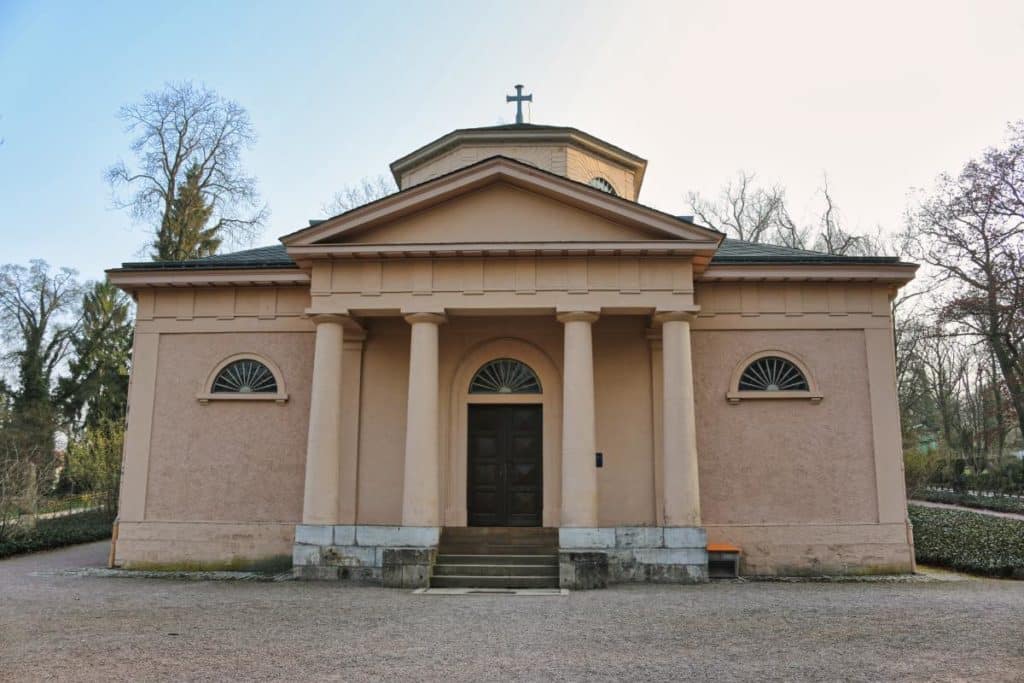
Fürstengruft crypt Weimar
The Fürstengruft is not only the final resting place of the Weimar princes. It is also where the remains of Goethe and Schiller lie. Well, actually, because as a DNA test revealed in 2008, Schiller’s alleged bones were not his at all. Since then, his coffin has been empty. In addition to the poets, Princes Carl August, Anna Amalia, Maria Pavlovna and many more of the rulers are buried here.
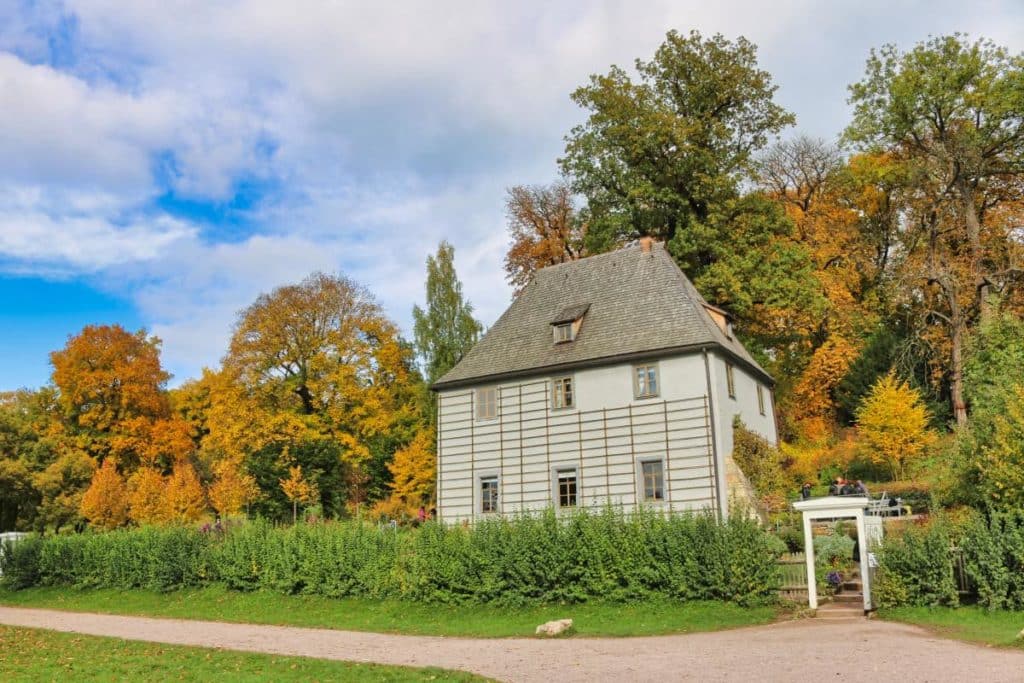
Ilmpark with Goethe’s garden house
The park on the Ilm River, through which the river flows, is the most beautiful park in the city. Several buildings of the Weimar Classical period are located here. Goethe conducted studies on botany here in his garden house. When Duke Carl August acquired the property for him and gave it to his friend, the grounds were run down. Goethe invested a great deal of time and effort in preparing the grounds and also began the redesign of the park on the Ilm from here. The Roman House, which served as Carl August’s summer residence, is also located here. The bridges over the Ilm and the park cave are also particularly picturesque. Even the ruins of the Tempelherrenhaus are one of the beautiful Weimar sights. Here the Bauhaus artist Johannes Itten had his studio.
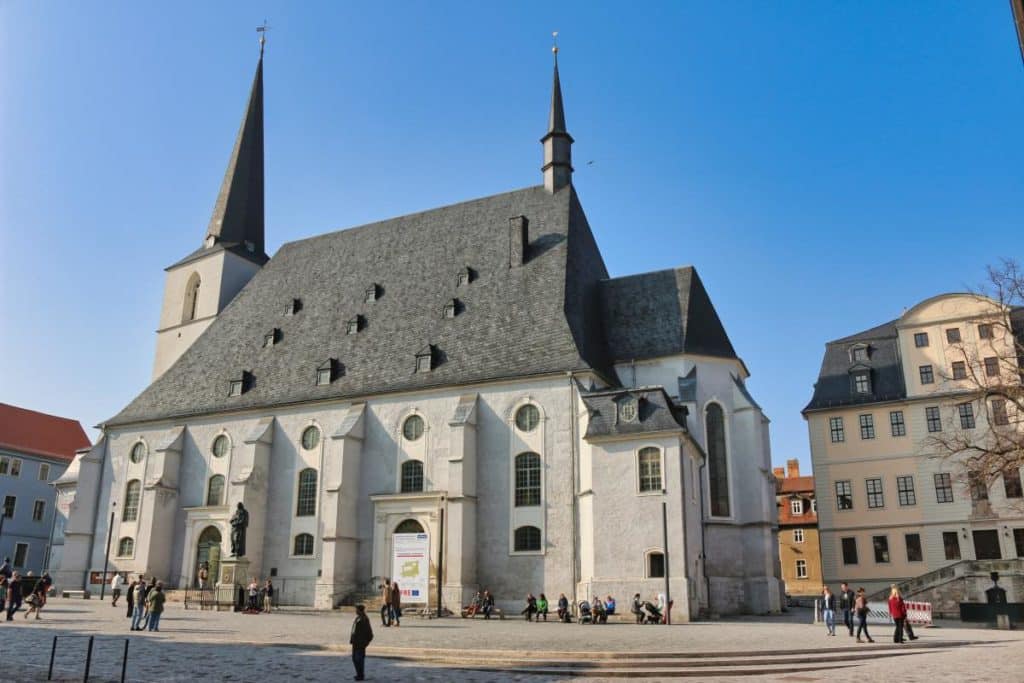
Herderkirche
Weimar does not have a cathedral. Therefore, the respectable city church of St. Peter and Paul is the most important place of worship in the city. The church has been Lutheran since the 16th century. Johann Gottfried Herder worked here as general superintendent from 1776 until his death in 1803, which is why the church is known primarily as the Herder Church. It is therefore also one of the sites of the UNESCO World Heritage Classical Weimar.
Accomodation near the most important sights of Weimar Germany
Weimar has a variety of accommodation options in all price segments. Almost all accommodations are near the most beautiful Weimar sights. Here is a small selection of hostels that we like.
- Hotel Elephant* – Best known hotel in the city, right on the market and with a lot of history. Elegant rooms and first class service.
- Dorint am Goethepark Weimar* – The Dorint am Goethepark is centrally located and offers all the comforts of a first-class hotel and provides perfect service.
- Leonardo Hotel* – The Leonardo is located directly between Haus Hohe Pappeln, Ilmpark and the old town and was one of the last hotels built in the GDR. The inexpensive rooms offer something for every demand.
Read more about Weimar
Weimar is one of our favorite cities in Germany, which is why we have published several articles about Weimar. A longer trip to Thuringia is also worth it. Therefore, take a look at the following articles:
- Bauhaus Weimar – Everything you need to know about the famous school of design that originated in Weimar.
- a
- a
No products found.
No products found.
No products found.
No products found.

